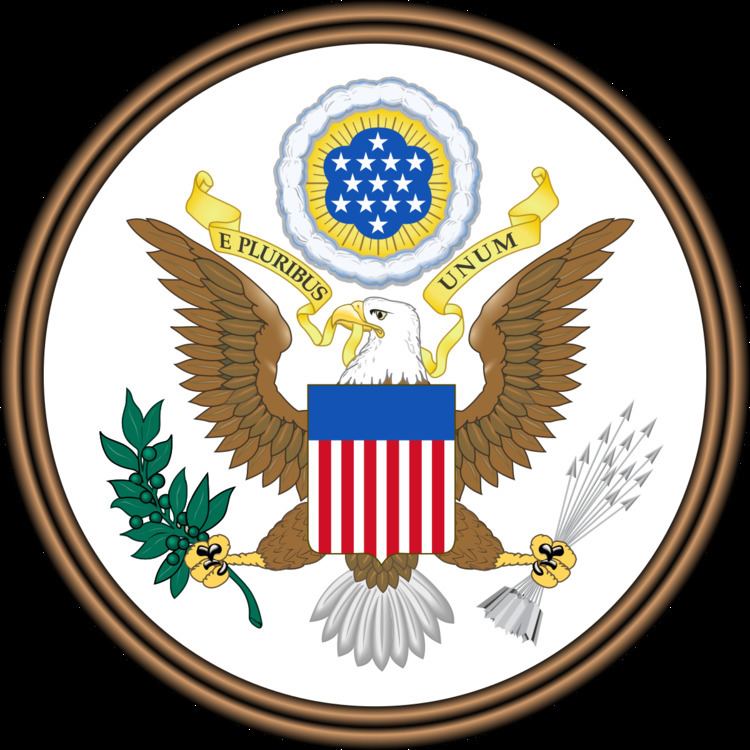Effective March 31, 1980 | Public law 96-221 | |
 | ||
Other short titles Depository Institutions Deregulation and Monetary Control Act of 1980Consumer Checking Account Equity Act of 1980Depository Institutions Deregulation Act of 1980Financial Regulation Simplification Act of 1980Monetary Control Act of 1980Truth in Lending Simplification and Reform Act Long title An Act to facilitate the implementation of monetary policy, to provide for the gradual elimination of all limitations on the rates of interest which are payable on deposits and accounts, and to authorize interest-bearing transaction accounts, and for other purposes. Nicknames Consumer Checking Account Equity Act of 1979 Enacted by | ||
The Depository Institutions Deregulation and Monetary Control Act of 1980 (H
References
Depository Institutions Deregulation and Monetary Control Act Wikipedia(Text) CC BY-SA
